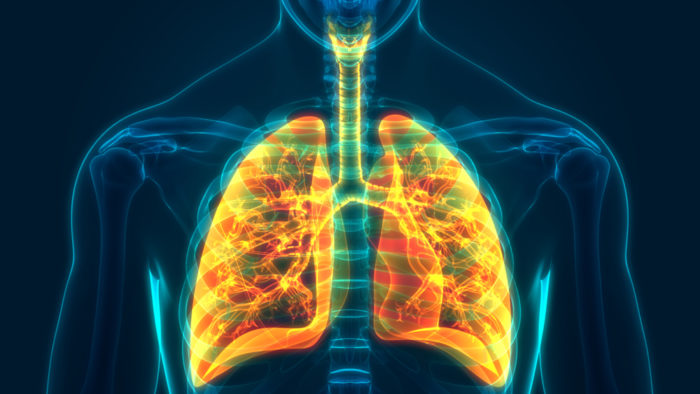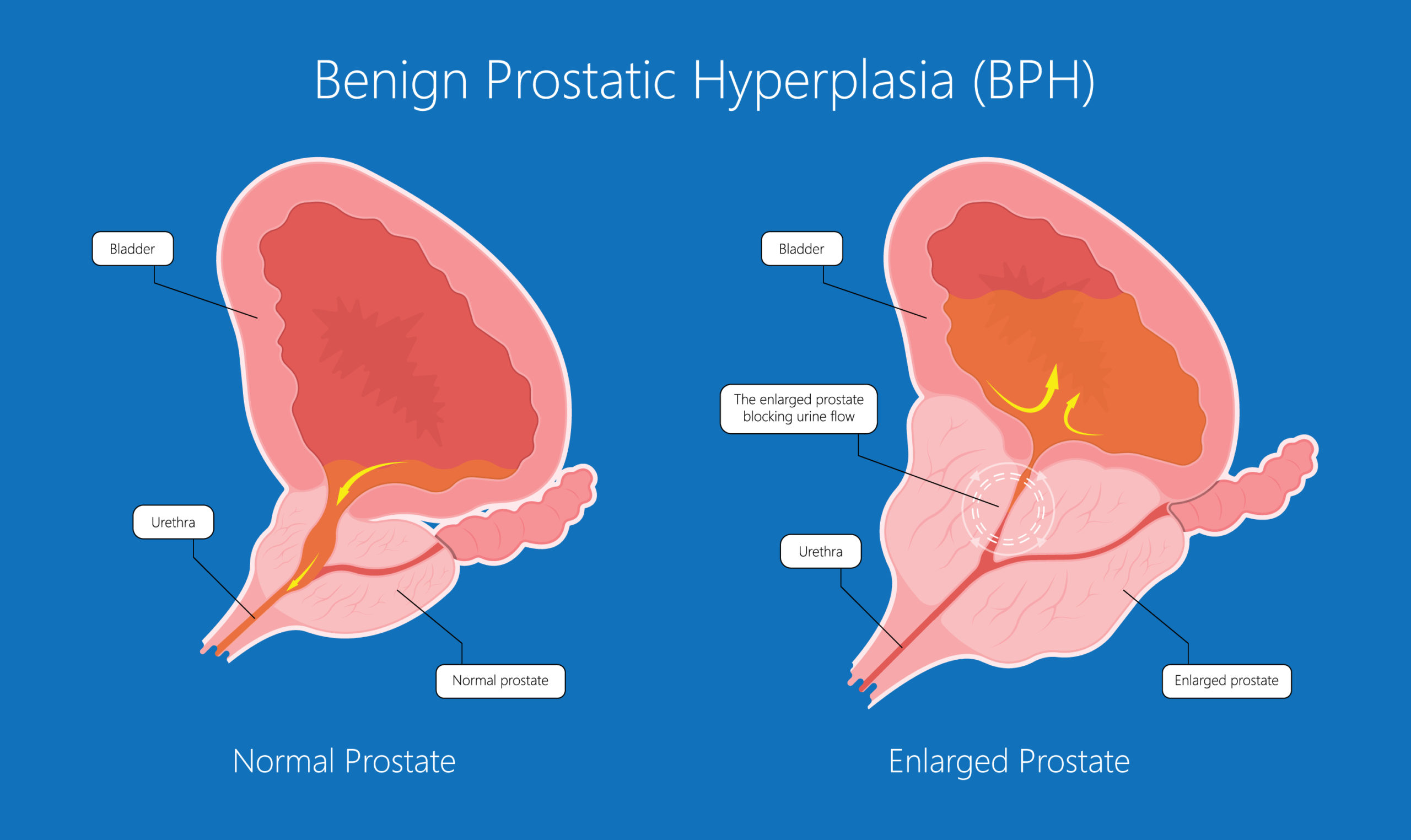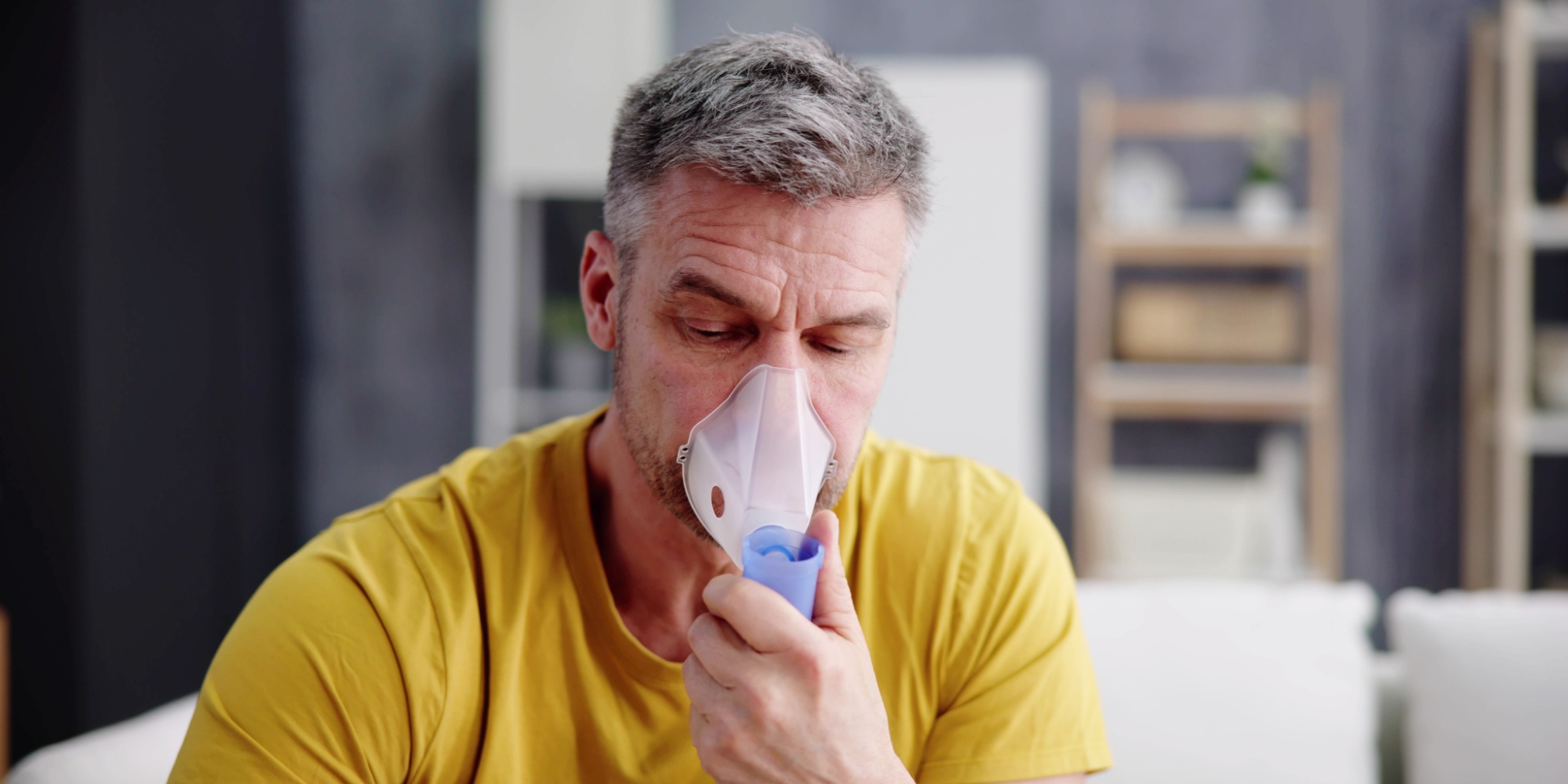
A better sense of respiratory health
May 13th, 2021When we were born we learned how to breathe, as we age we take the simple act of breathing for granted until something bad happens and it has.
The deadly respiratory disease COVID-19 has swept across the planet leaving a trail of destruction. However, it has left us with a better sense of respiratory health, a greater understanding of hygiene and it has encouraged people to walk. Some have strived to achieve 10,000 steps a day in the fresh air and monitored their progress with the use of phones or wearable fitness devices. We are becoming a more health-conscious world through the loss of friends and loved ones and the developments in modern technology for our health and well being.
The air that we breathe…
The air we breathe is necessary to keep us alive, it affects our respiratory, cardiovascular, neurological, gastrointestinal and muscular systems. It enables us to sleep, retain information, concentrate and boosts our energy levels. The respiratory system includes the nose, mouth, throat, voice box, windpipe and lungs all of which can be affected by illness and disease. It allows us to talk and smell, it brings air into the body delivering oxygen to vital cells and organs and cleans waste gases from the body by removing such things as carbon dioxide from the blood. For some people, no matter how much air is available, they are faced with respiratory challenges.
Respiratory challenges…
Currently, 37 million Americans live with a chronic form of lung disease and in the UK, 10 thousand people are diagnosed with a lung condition every week. Conditions such as asthma, Chronic Obstructive Pulmonary Disease (COPD), Cystic Fibrosis or Pulmonary Fibrosis. These illnesses and conditions can be life-changing or fatal and now we will have to learn to live with the threats from COVID-19 too.
On the 25th April 2021, 3.1 million deaths from the respiratory disease COVID-19 have been recorded and there have been 147 million recorded cases within 219 countries and territories. Many places have had multiple lockdowns but restrictions are being lifted in some areas and finally, people have started to get their lives back. However, not all countries are winning the battle, India has reached a crisis point where breathing has become a luxury for a lot of people and their situation is so desperate, the country has reached out for help. Patients are fighting to breathe, medical staff are exhausted and other countries are rushing to assist a country that is being paralyzed by an invisible enemy.
Due to COVID-19, everyone around the world has dramatically been reminded how important it is to look after our health and this destructive disease has particularly highlighted the importance of our respiratory system.
Respiratory awareness…
We are aware of our breathing, we inhale and exhale subconsciously most of the time. Generally, we can control our breathing and are aware something could be wrong if we are struggling to breathe. During an emergency medical examination, monitoring the respiratory system is one of the important vital signs much like blood pressure, heart rate and temperature. Some nurses and doctors use an observation technique or equipment such as a spirometer to assess the respiratory rate. An adult’s normal respiratory rate (the number of breaths taken in a minute) is between 12-20. During intense physical exercise, it can go up to 40-50. When it drops to below 8 it is a clear indication that someone has serious health deterioration, whether that be because of an illness or airway blockage.
Modern technology has allowed us to have the ability to monitor our vital signs including our respiratory rate. Whilst this is very helpful, experts advise that the devices should not be used to self-diagnose and to be used as a means of respiratory awareness.
Devices for monitoring respiratory rates…
When the COVID-19 pandemic began people started to purchase pulse oximeters so they could monitor the oxygen levels in their blood. Pulse oximeters are devices that you place on your finger and infrared light are passed through the finger to analyze the blood and oxygen levels. Online sales of the device rocketed but there were concerns that people weren’t buying FDA or NHS approved products which meant some readings weren’t going to be accurate.
Most people have a better sense of wellness and good health now and a lot of people choose to use their smartphones or wearables to monitor their health. We have gathered some information about products that can help you keep track of your respiratory rates.
- Google Fit app
Google Fit allows you to measure your heart rate and respiratory rate using your phone’s camera. The features are available in the Google Fit app for pixel phones and there are plans to expand to more android devices.
To measure your respiratory rate with your device, you need to place your head and upper torso in view of your phone’s front-facing camera and breathe normally. To measure the heart rate you place your finger on the rear-facing camera lens.
Find out more here.: https://www.google.com/fit/
- Airofit breathing device
Airofit is a breathing device that you put in your mouth, it measures current lung function. The data is combined with your age, gender, height and weight to produce an optimal training session.
It provides resistance to breathing muscles making them more capable and tracks breathing in real-time, the information is sent to your smartphone. The Airofit PRO has a virtual breathing coach to train your respiratory strength, accessible lung capacity, anaerobic threshold and other areas of your breathing. Find out more here. Airofit PRO
- Garmin smartwatch
This Garmin smartwatch has a respiration widget that measures your respiratory and heart rate. You can observe how you are breathing throughout the day, during sleep and when doing breathwork. The device measures your breaths per minute by using your HRV (Heart Rate Variability) which is taken through a sensor on the watch. Find out more here.: https://buy.garmin.com/en-GB/GB/p/643382?gclid=Cj0KCQjwyZmEBhCpARIsALIzmnKVyHAmLwHAdviomCPlHb_OoNWttq3Gpz4-eUj6v0_UDjYUhX0U4ecaAr1kEALw_wcB
All three brands are clear to point out that the measurements given are not meant for medical diagnosis, they are to help people improve their well being. We haven’t reviewed the products listed ourselves and this information has been gained from their websites.
How can you help yourself breathe easily?
- Seek medical health advice if you have concerns about your breathing
- Feeling short of breath at times is normal, especially when you are doing physical activity but it can be a sign that something isn’t right. There are online tests that you can do to see if you should seek medical advice about your breathing.
https://www.blf.org.uk/support-for-you/breathing-tests/tests-to-measure-breathing
- Avoid pollutants that can damage your airways, for example, second-hand smoke or chemicals
- Wear a mask if exposed to pollutants or viruses
- Treat allergies by taking relevant medication
- Prevent infections by using good hygiene like washing your hands
- Take a regular form of exercise and stay hydrated
- Reduce stress and anxiety if possible
- Manage pain with relevant medication
- Control fever and seek medical advice if concerned
- Learn coping mechanisms through breathing exercises
- Eat a healthy diet including fruits and vegetables
- Monitor your respiratory system through your choice of devices
- Don’t smoke!
A supplement worth a mention is, Nature’s Marvels Lung Bioregulator, it helps to normalize the function of your lungs. It improves lung function by having a regulatory effect on the bronchial mucosa so normalising their metabolism and enhancing their functional performance. More information available here: https://www.antiaging-systems.com/products/lungs-bioregulator-natures-marvels/
And finally, make time to step outside – close your eyes, take a nice deep breath in and breathe out. Feel the air on your face and be thankful for what you have.
References
- https://www.worldometers.info/coronavirus/coronavirus-death-toll/
- https://statistics.blf.org.uk/
- www.lung.org








